The UK is home to some of the world’s most iconic literary landmarks, where stories and history come to life. From quaint villages to grand estates, each place tells a piece of literary heritage that has shaped British culture. These destinations offer a glimpse into the lives and inspirations of famous authors and poets. Visiting these landmarks gives readers a chance to walk in the footsteps of their favorite writers. Whether you’re a literature lover or a casual traveler, these sites are unforgettable spots to explore.
Shakespeare’s Birthplace – Stratford-upon-Avon
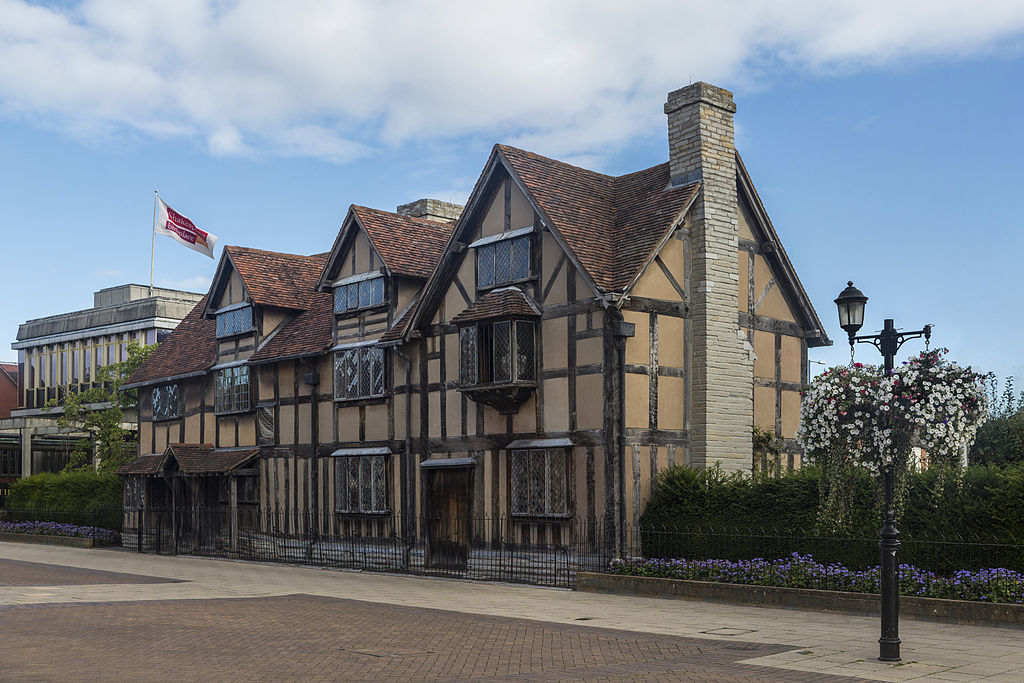
Built in the 16th century, this timbered house is where William Shakespeare was born and spent his childhood. It’s now a preserved site, filled with exhibits on his life and works, along with live reenactments. Visitors need to purchase a ticket, with prices around £20, which includes access to other Shakespeare sites in the town. This landmark attracts tourists from all over the world who want to experience the Bard’s early life up close. The house and its gardens provide a charming glimpse into Tudor England.
The Brontë Parsonage – Haworth, Yorkshire
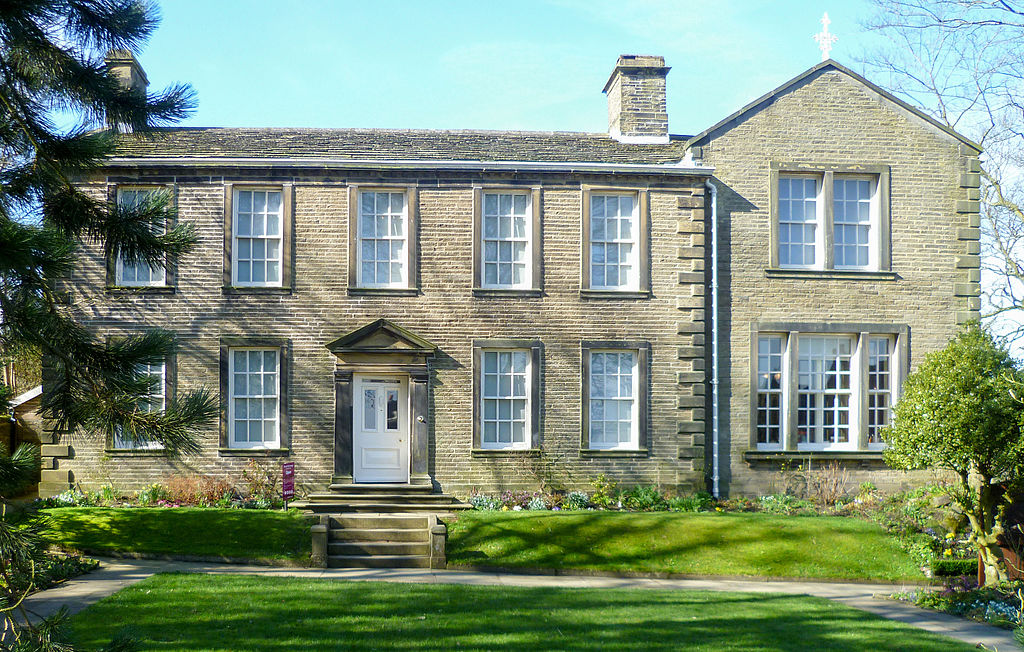
Nestled in the quaint Yorkshire village of Haworth, this house was home to the Brontë sisters, who penned classics like Jane Eyre and Wuthering Heights. Built in 1778, the parsonage has been transformed into a museum showcasing their personal items, manuscripts, and letters. Admission is around £12, and the museum is open year-round, with special events for Brontë fans. This literary landmark lets visitors step into the world that inspired the Brontës’ gothic novels. The surrounding moorland adds a haunting atmosphere reminiscent of their work.
Dove Cottage – Grasmere, Lake District
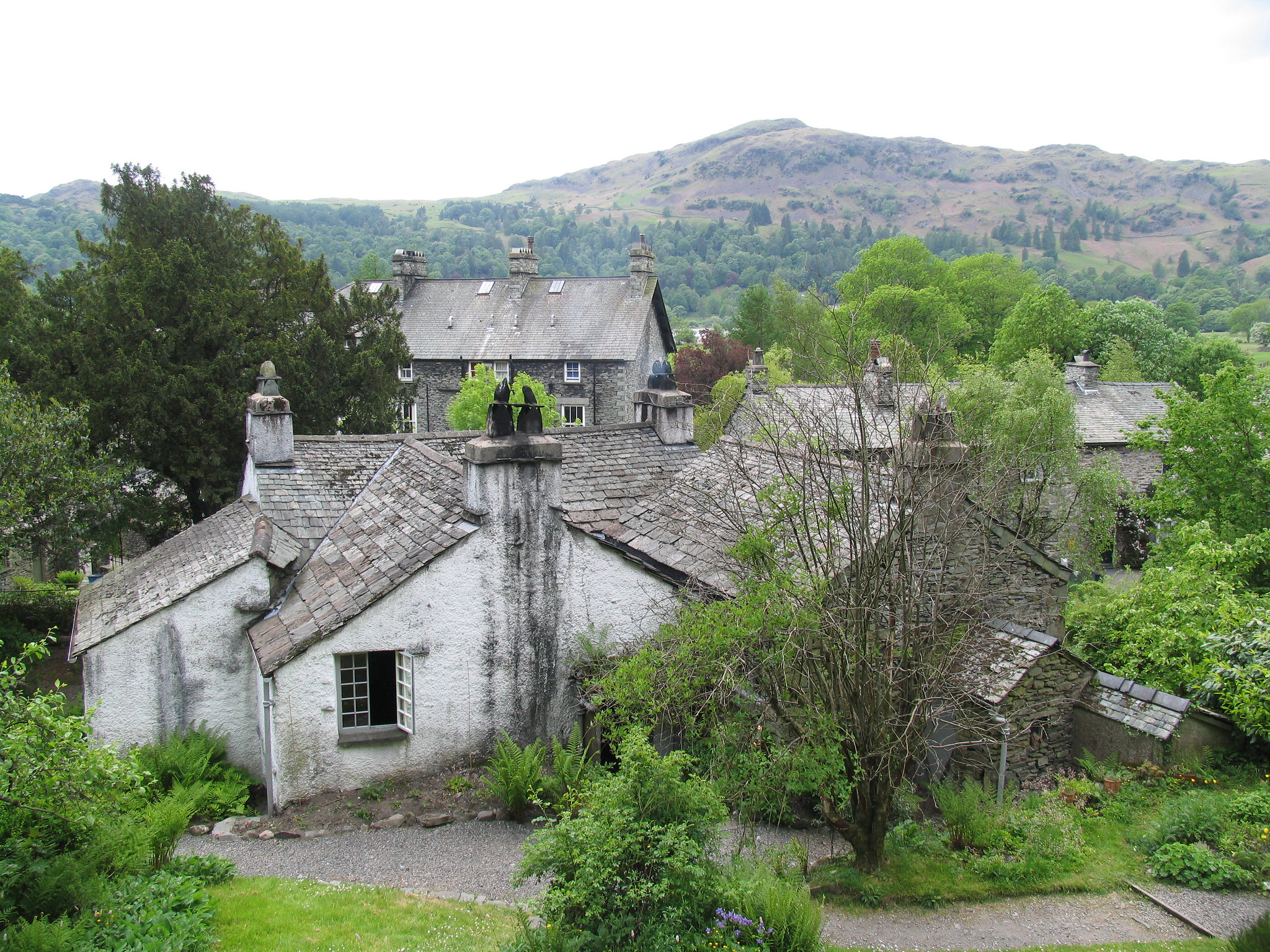
This small cottage was home to poet William Wordsworth from 1799 to 1808, where he wrote many of his best-known works inspired by the Lake District’s beauty. Visitors can tour the cozy rooms, which remain much as they were in Wordsworth’s time, for a small admission fee of about £9. Dove Cottage is a pilgrimage site for poetry lovers drawn to its simple charm and scenic surroundings. Wordsworth’s study, with views of the garden, offers a true sense of his inspiration. The museum next door adds more context with manuscripts and personal items.
Jane Austen’s House – Chawton, Hampshire
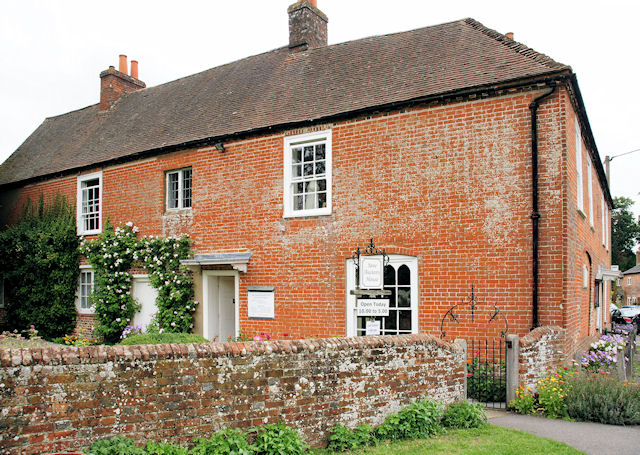
Jane Austen’s House in Chawton was where she lived from 1809 until her death in 1817, completing Pride and Prejudice, Emma, and other novels. Built in the 17th century, it’s now a museum featuring her writing desk, jewelry, and letters. Entrance costs around £12, and the site is beautifully preserved to reflect Austen’s life. For fans, it’s a chance to see where Austen’s sharp wit and social insight came to life. The garden, kept as it was in her time, adds to the visit’s charm.
Thomas Hardy’s Cottage – Dorset
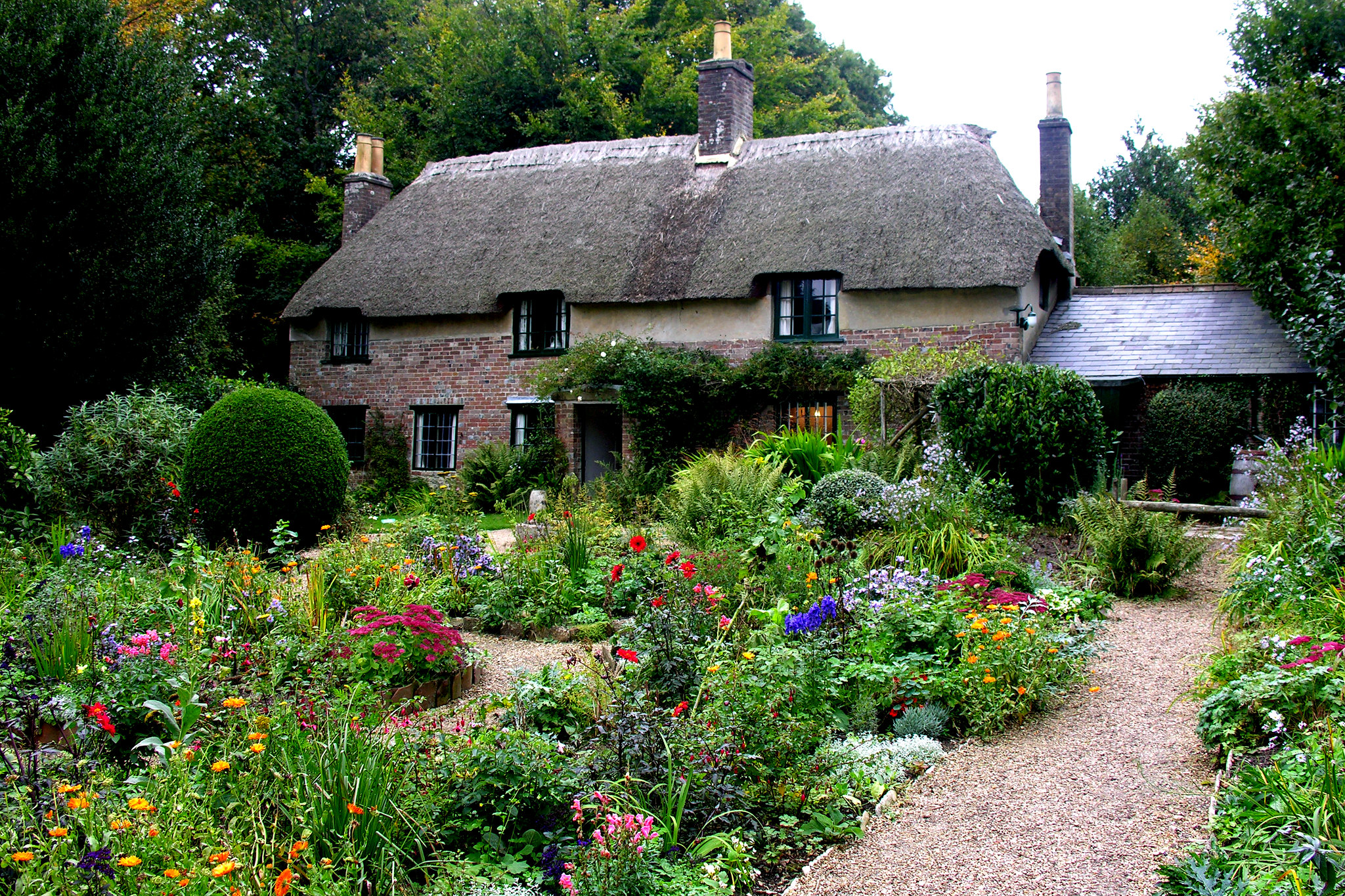
Hidden in the woods of Dorset, Thomas Hardy’s Cottage is where the Victorian novelist and poet was born and raised. Built by Hardy’s father in 1800, the thatched cottage has been carefully preserved to reflect its original state. Entry costs about £11, and it offers an intimate glimpse into Hardy’s early life, including the room where he wrote Under the Greenwood Tree. This landmark provides insight into Hardy’s rural upbringing, which heavily influenced his work. The surrounding gardens add to the tranquil setting.
Edinburgh Writers’ Museum – Edinburgh
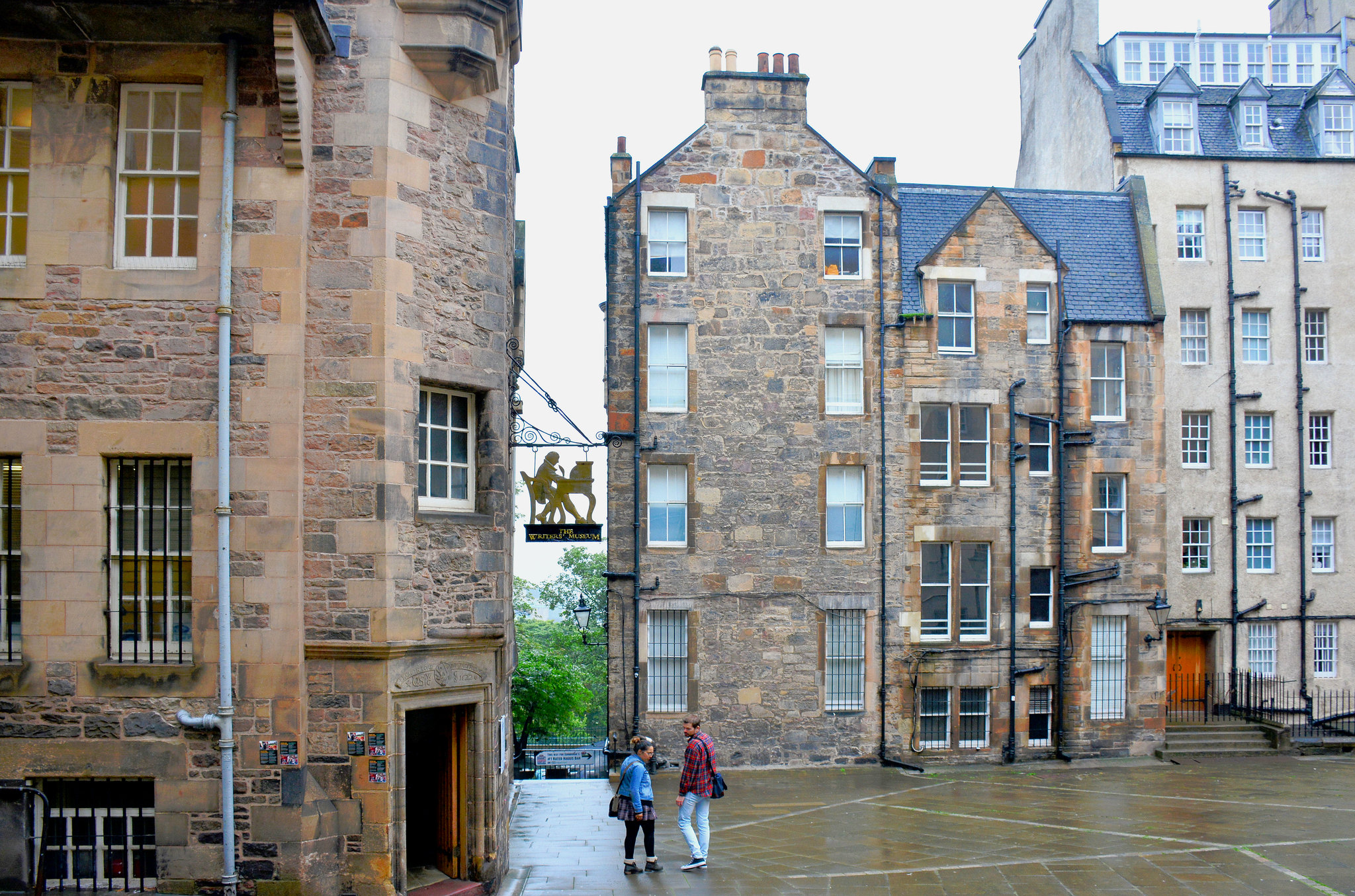
The Writers’ Museum celebrates three of Scotland’s greatest writers: Robert Burns, Sir Walter Scott, and Robert Louis Stevenson. Housed in a 17th-century building, it’s free to visit and features portraits, manuscripts, and rare books. This literary landmark attracts fans of Scottish literature and history, exploring the lives of authors who shaped national identity. The museum’s cozy rooms and winding staircases add to its old-world charm. Located in Edinburgh’s historic Old Town, it’s a cultural highlight.
Rydal Mount – Lake District
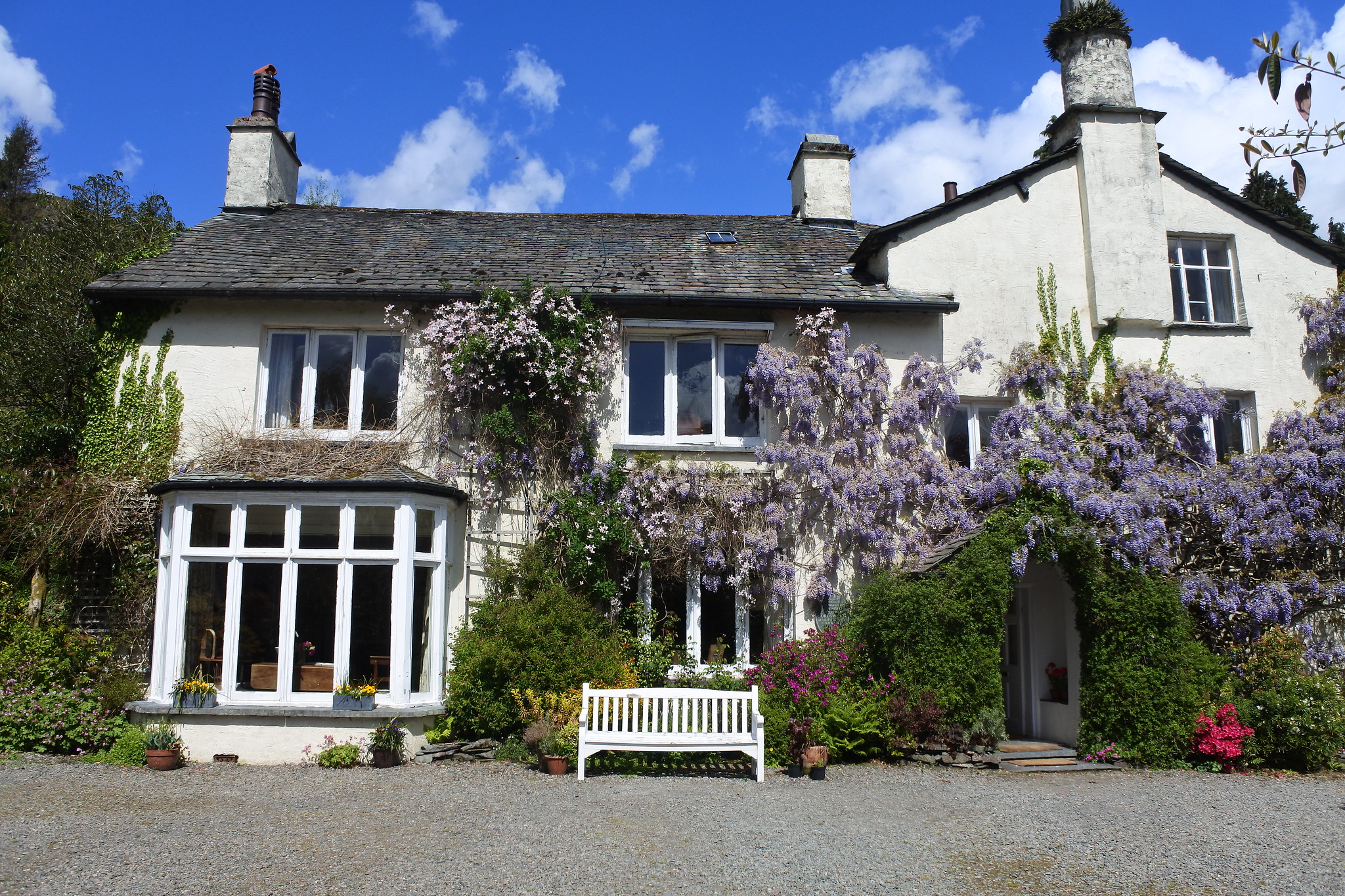
Another of Wordsworth’s homes, Rydal Mount was where he spent his later years, revising many of his poems until his death in 1850. The house, still family-owned, is open for tours with tickets priced around £10. With its serene garden and hilltop views, Rydal Mount reflects Wordsworth’s love for nature. Visitors can explore the rooms where he worked and the gardens he landscaped himself. This site offers a tranquil escape and deepens appreciation for Wordsworth’s legacy.
Sir Walter Scott’s Abbotsford – Scottish Borders
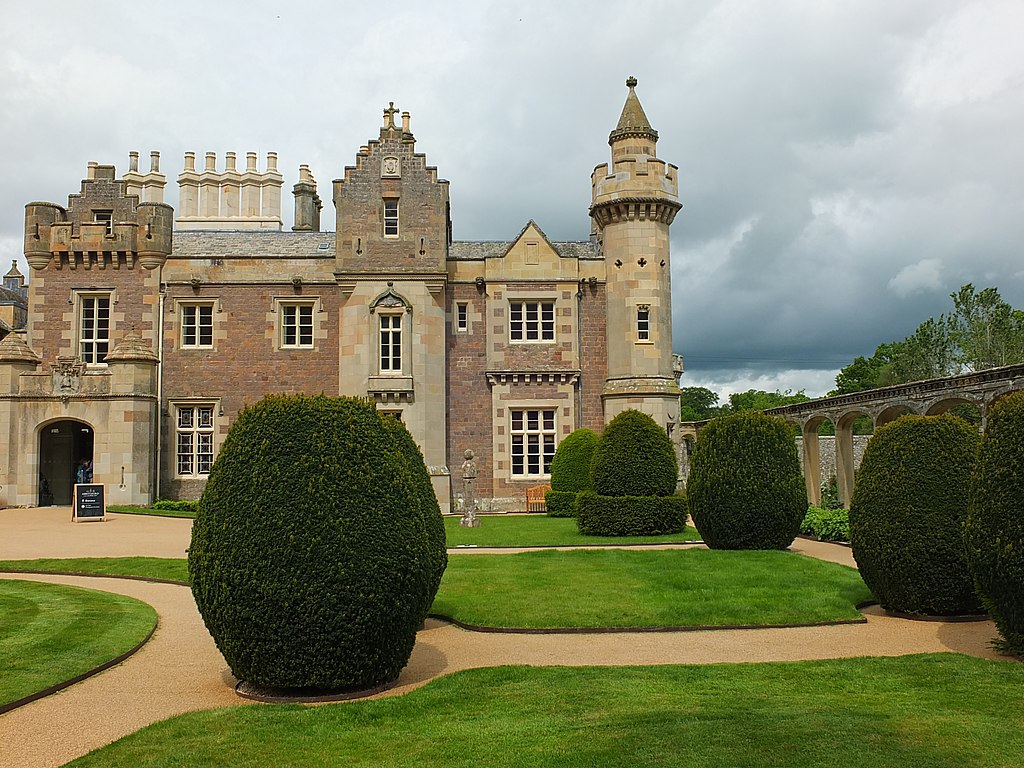
Abbotsford is the grand estate of Sir Walter Scott, built in the early 19th century, reflecting his success as a writer. The gothic-inspired house is open to visitors, with admission around £12, allowing fans to see his library, armory, and study. This literary landmark is a testament to Scott’s influence on historical fiction and Scottish heritage. Each room reveals his interests in history and storytelling. The surrounding gardens and woodland trails make it a scenic visit.
Keats House – Hampstead, London
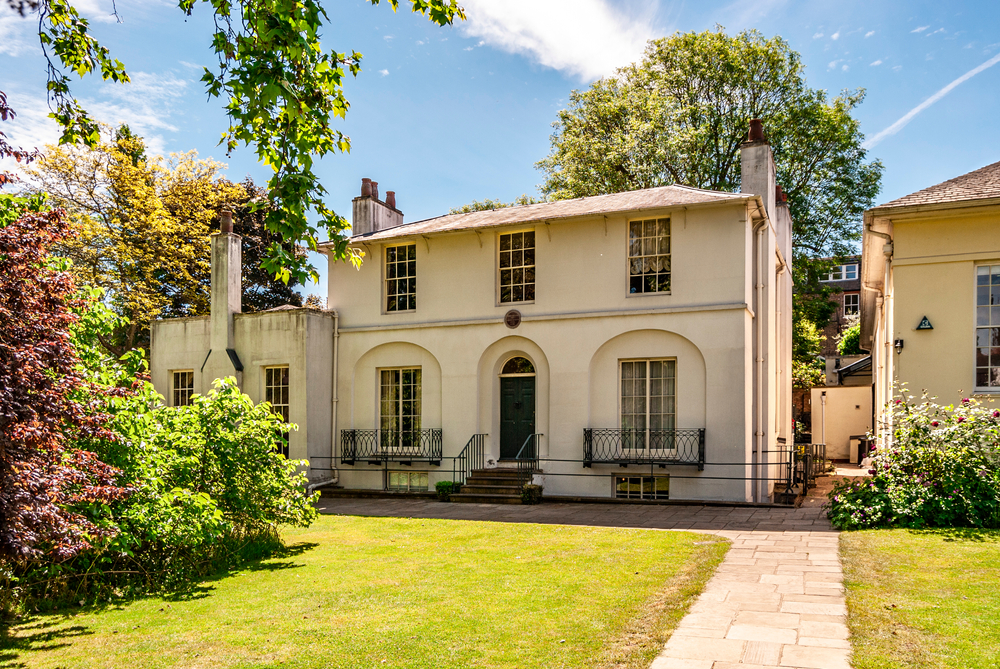
This elegant Regency house was home to John Keats, where he composed some of his finest poetry. Built in the 18th century, it now serves as a museum with entry fees around £8, showcasing his manuscripts and personal effects. Keats House holds special events, including readings, to celebrate his work. Visitors can explore the rooms where Keats lived and wrote, experiencing the creative space that inspired his poetry. The garden, a favorite of Keats, is also open for leisurely strolls.
Hawthornden Castle – Midlothian, Scotland
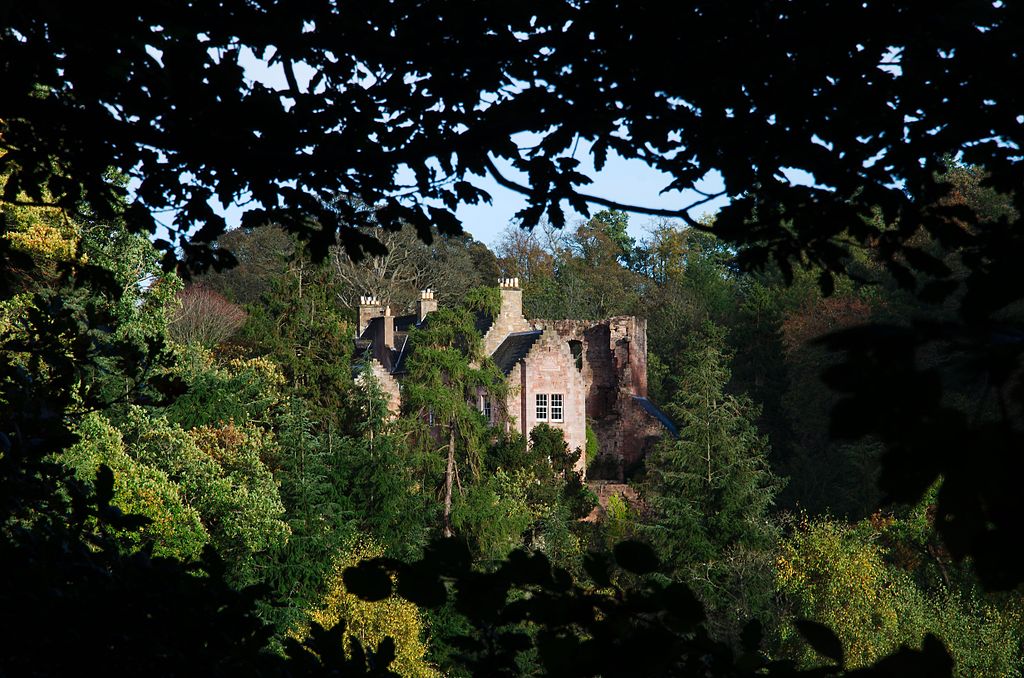
Built in the 15th century, this Scottish castle once hosted poet William Drummond and now serves as a writers’ retreat. Though not open for daily tours, it offers occasional visits and workshops, attracting modern writers. It’s a landmark for its literary past and serene surroundings, making it an inspiring spot for creativity. With ancient architecture and quiet landscapes, it’s a hidden gem for literature enthusiasts. The castle overlooks the River Esk, adding to its dramatic appeal.
George Orwell’s Cottage – Jura, Scotland
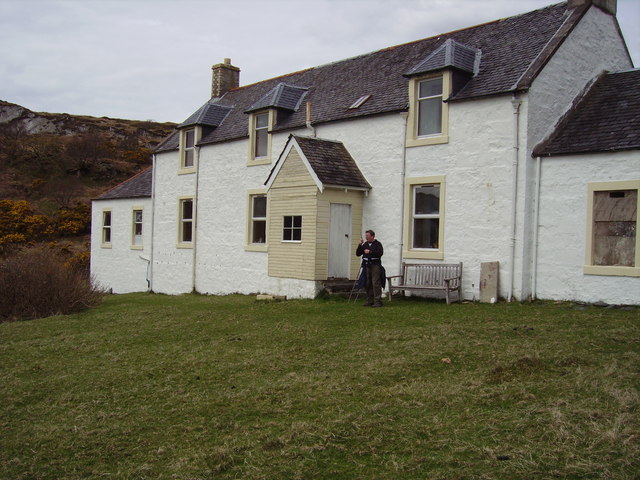
This remote cottage is where George Orwell wrote 1984 during the late 1940s, drawn by the seclusion of the Scottish Isle of Jura. Though difficult to access, it remains a pilgrimage site for Orwell fans and nature lovers alike. There’s no admission fee, but visitors must hike or drive rugged paths to reach it. The isolation reflects Orwell’s search for peace while crafting his dystopian novel. Surrounded by wild landscapes, it’s an iconic spot for literature lovers.
Samuel Johnson’s House – London
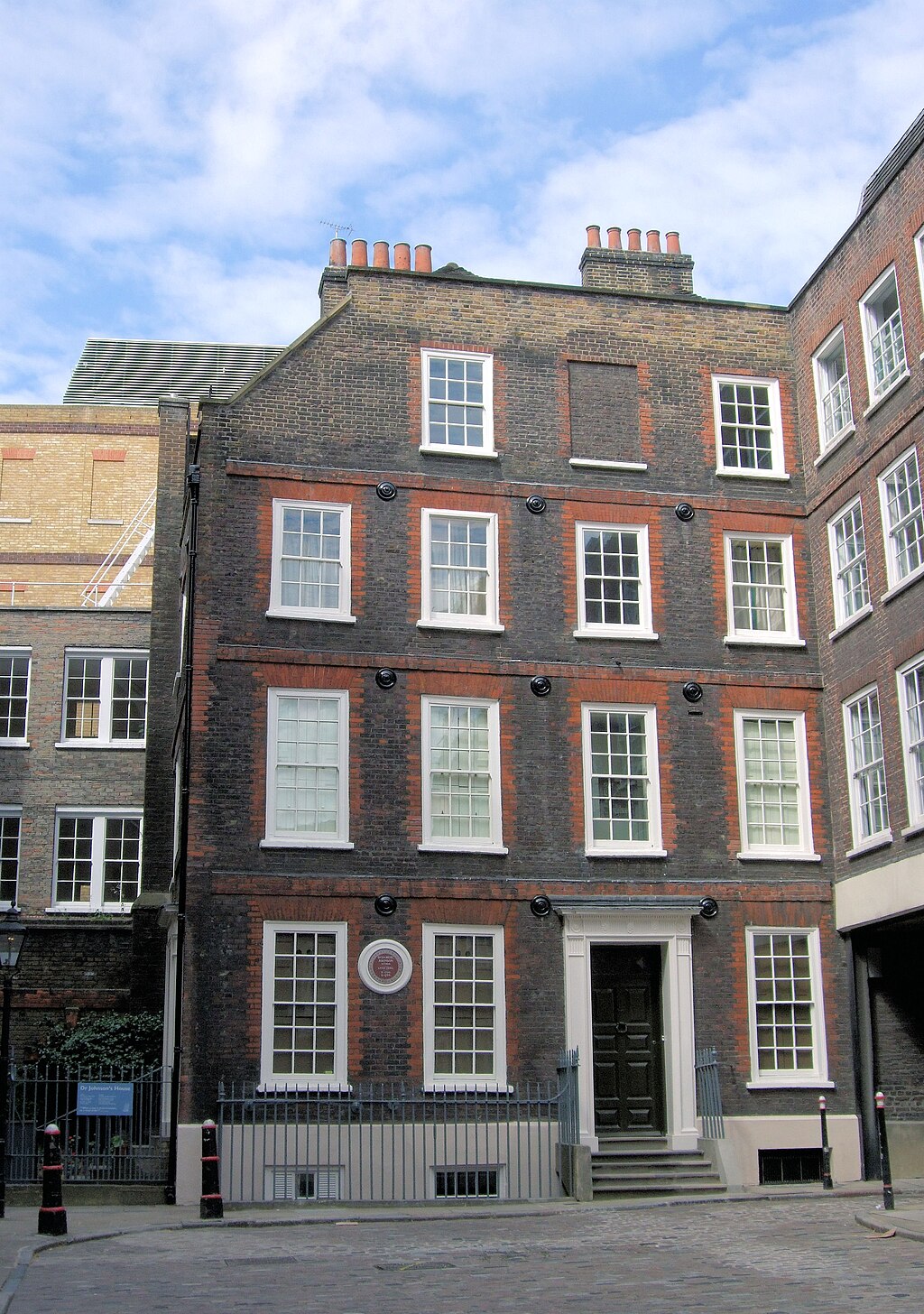
Built in the 1700s, this house belonged to Samuel Johnson, famed for creating one of the first comprehensive English dictionaries. Located in Gough Square, it’s now a museum open for tours with a small admission fee of around £7. Visitors can see Johnson’s writing room, where he compiled his dictionary. The Georgian townhouse gives insight into Johnson’s disciplined life and intellectual pursuits. It’s a historical and literary gem in central London.
The Old Library – Trinity College, Dublin
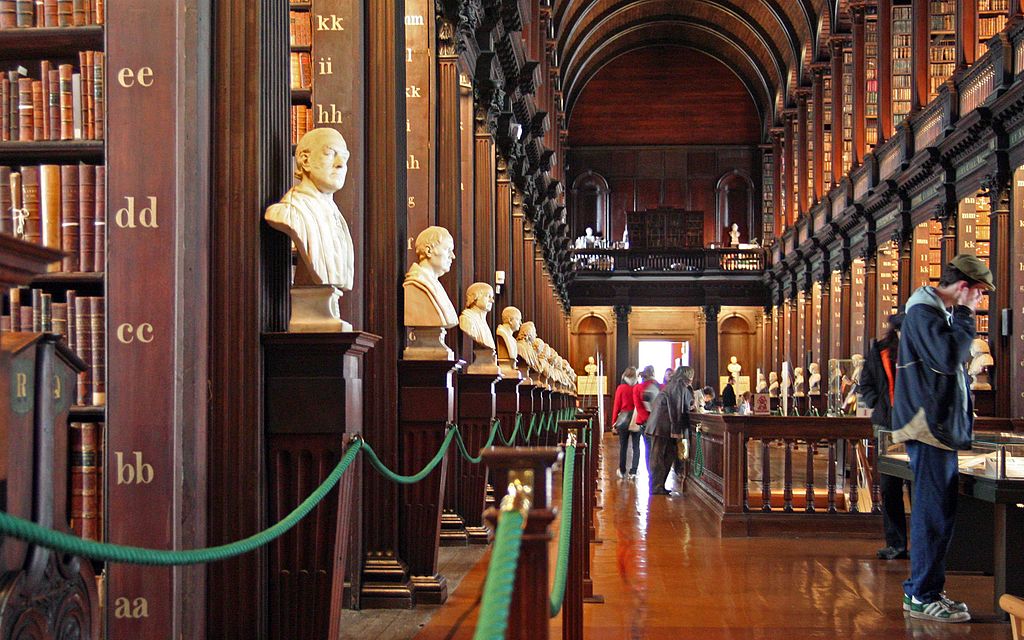
Home to the Book of Kells, this 18th-century library holds one of the world’s most famous medieval manuscripts. While not in the UK proper, it’s a popular literary stop for travelers. Admission costs around €14, granting access to the library’s beautiful Long Room and ancient texts. Visitors can view the intricately illustrated Book of Kells, an Irish literary treasure. The historic setting makes it a fascinating landmark for book lovers.
Sherlock Holmes Museum – London
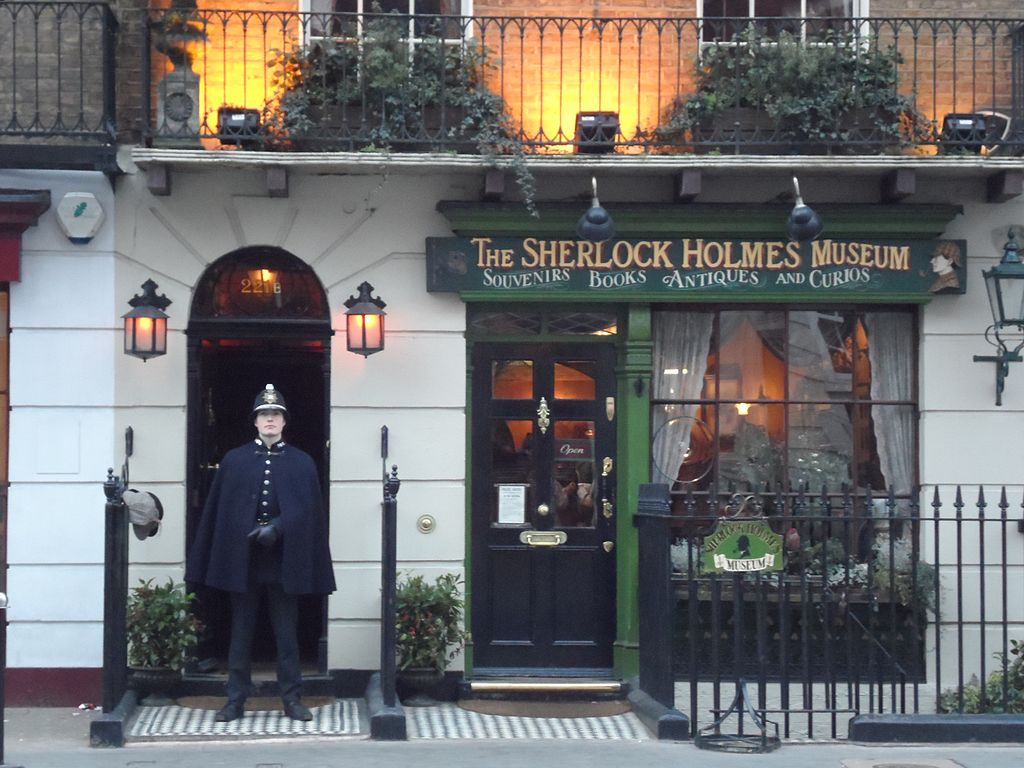
Located at the fictional 221B Baker Street, this museum is dedicated to Sir Arthur Conan Doyle’s legendary detective. The museum recreates Sherlock’s sitting room, study, and bedroom, complete with Victorian furnishings. Admission is £15, and it’s a fun stop for Sherlock fans who want to step into his world. The attention to detail makes it feel like Sherlock could walk in at any moment. The museum offers a quirky glimpse into the fictional detective’s life.
Bleak House – Broadstairs, Kent
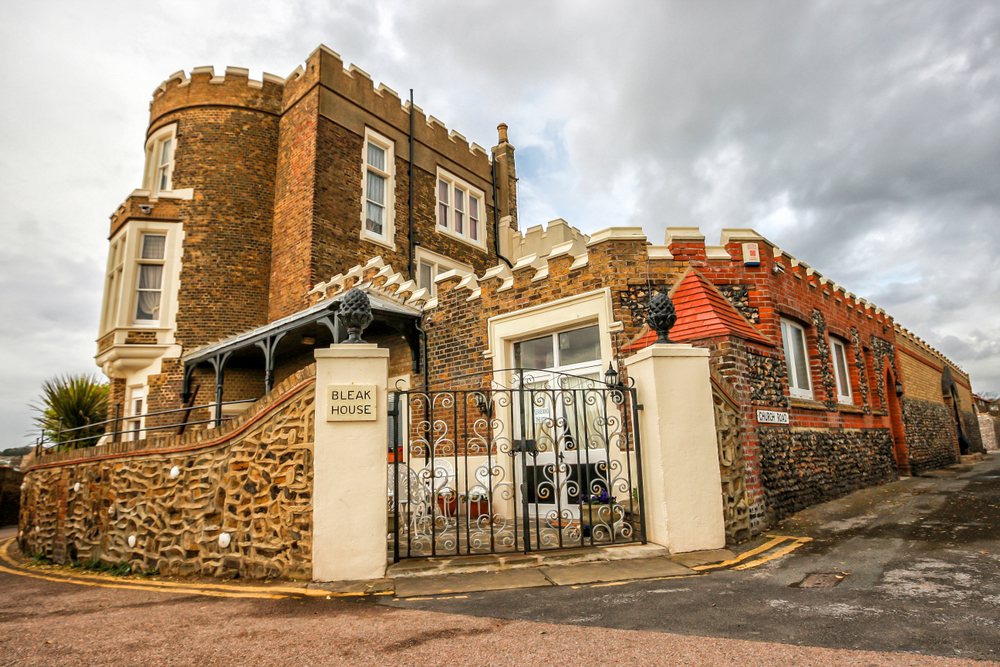
Charles Dickens frequently stayed in this clifftop home while writing David Copperfield, and it’s rumored to be the inspiration for Bleak House. Built in the early 1800s, it now offers tours and occasionally hosts overnight guests. Visitors can explore the rooms and see the writing desk where Dickens worked. This literary landmark is celebrated for its role in Dickens’ creative process. The views of the English Channel make it a lovely spot for visitors.
Dr. Johnson’s Reading Room – Pembroke College, Oxford
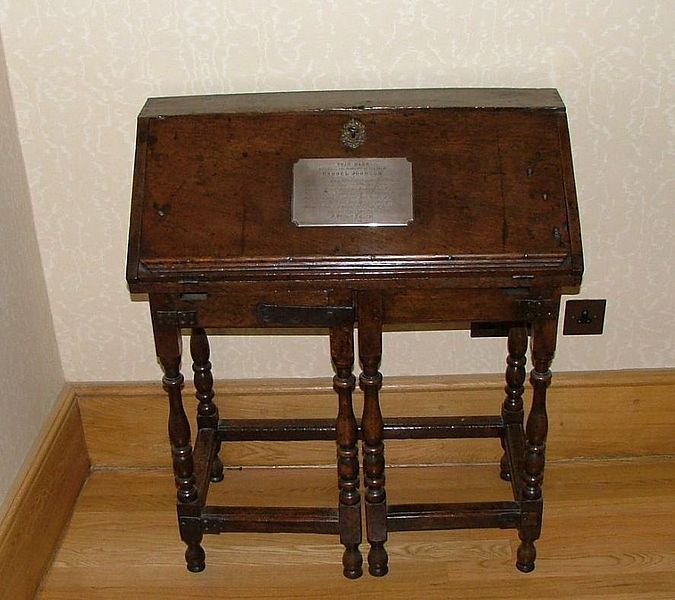
Samuel Johnson studied at Oxford’s Pembroke College before creating his dictionary, and the reading room is preserved as a tribute. Although Johnson left without a degree, the room holds his personal effects and is open for special viewings. It’s a fitting literary landmark for visitors interested in early English lexicography. The college grounds add to the historic atmosphere. Walking the halls where Johnson once studied is a unique experience for literary fans. (Note that Dr Johnson’s desk is pictured above.)
This article originally appeared on UnifyCosmos.
More from UnifyCosmos
20 Unforgettable Road Trips Through the Australian Outback
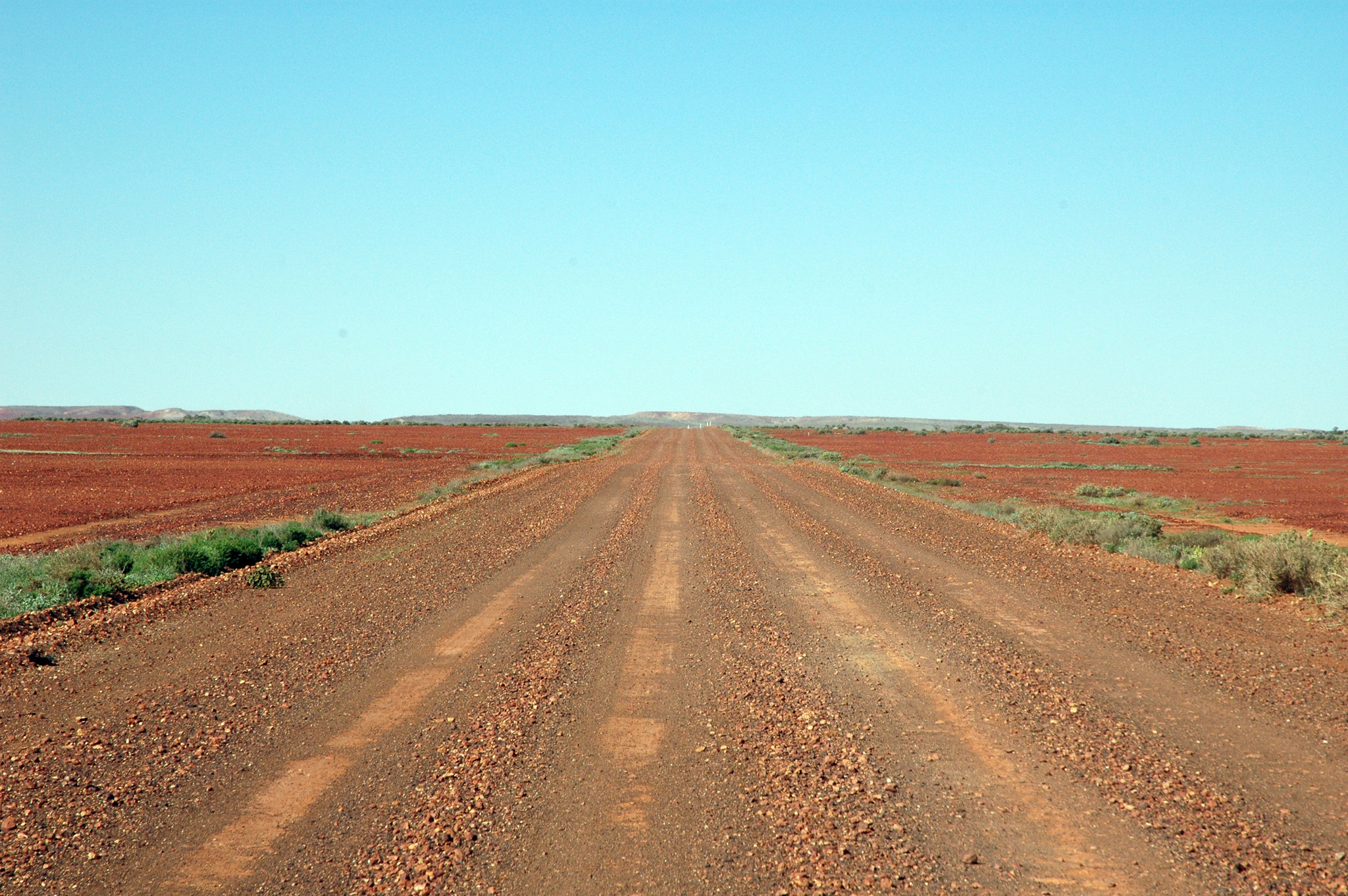
Exploring the vast expanse of the Australian Outback is a journey like no other. The rugged landscapes offer an adventure filled with stunning natural beauty and unique wildlife. Read More
18 Quirky Ways to Enhance Your Creative Thinking

Creativity can come from the most unexpected sources. Sometimes, a break from the usual routine sparks new ideas. Read More
18 Overlooked U.S. National Parks to Add to Your Bucket List

Exploring lesser-known national parks can lead to some of the most unforgettable adventures. These hidden gems offer stunning landscapes and fewer crowds. Each park has its unique charm and natural beauty. Read More
Leave a Reply